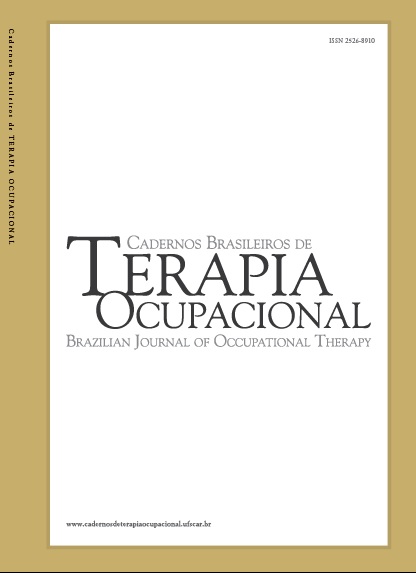Construction of a Serious Games for children with Developmental Coordination Disorder
DOI:
https://doi.org/10.1590/2526-8910.ctoAO392037941Keywords:
Occupational Therapy, Computer Game, Motor Skills DisordersAbstract
Introduction: Serious Games are games with a learning objective that aim to improve motor and cognitive skills by simulating challenges similar to real life. This makes them suitable as they allow the treatment, diagnosis and assessment of health conditions, making it possible to use them in interventions with children who have Developmental Coordination Disorder (DCD). Objective: To present the construction of a Serious Game for intervention with children diagnosed/suspected of DCD. Methodology: This is an exploratory and descriptive study that proposes the creation of a Serious Game to stimulate the motor performance of children with DCD. It was built by a team made up of three teachers and two students from the Occupational Therapy course, a teacher and a student from the Computer Science course, a teacher and a student from the Design course, from August 2020 to August 2022. Results: The game initially planned for the Kinect was adapted to work on computers with webcam recognition, resulting in the game “BRINCOORD”. It includes three playable stages designed to work on performance skills in children with BDD. Conclusion: “BRINCOORD” is an innovative initiative that highlights games as a promising therapeutic tool. Although research in this area is developing, there are few studies on the effects of games on improving motor skills in children, especially children with DCD. Given this, it is hoped that “BRINCOORD” can contribute to future evidence on the use of Serious Games in intervention with children with DCD.
Downloads
Published
How to Cite
Issue
Section
License
Copyright (c) 2024 Copyright (c) 2024 The Authors

This work is licensed under a Creative Commons Attribution 4.0 International License.


